Fresh herbs are delicious to look at, sniff, cook with and consume. They’re also confusing and can be frustrating.
How many leaves in a sprig? And what about herbs that are difficult to get off the stem? Do you measure them after you strip the leaves off or after you chop them? How long will they last in the refrigerator?
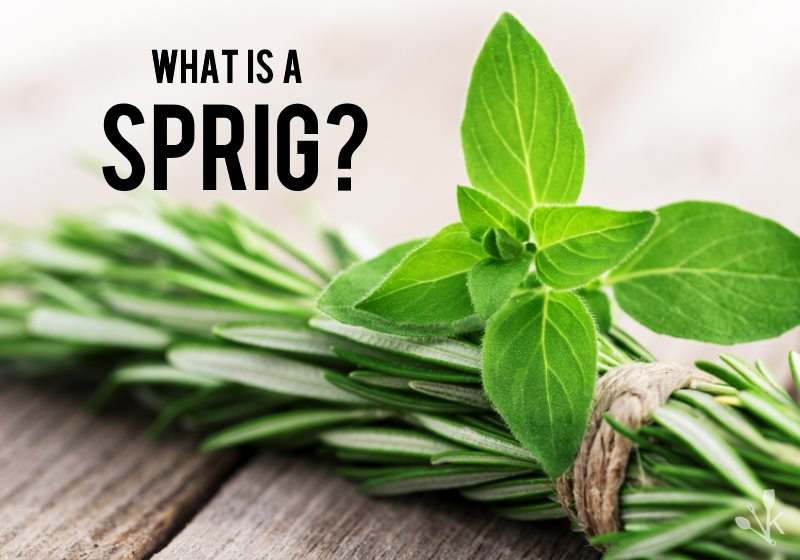
The terminology is critical. In this guide you will learn the definitions and meanings of sprigs of your favorite herbs and how to deal with them.
Sprig Definitions
Thyme

Thyme is a tiny-leafed herb that grows in small clusters of 3 to 5 leaves on a woody stem.
What is a sprig of thyme? A sprig of it is the 3 inches at the terminal end of the stem.
This herb is remarkably easy to strip; per cooking authority Emma Christensen, grasp the near the top and pinch it tight, the run the fingers of your other hand down the step to strip away the tender leaves.
If the stem snaps, it’s probably tender enough to eat and you can chop it with the leaves.
What does fresh thyme look like? The leaves are tiny, approximately 1/4 inch in length. Thyme plants are quite delicate and are generally grown low to the ground.
Be prepared to gently rinse your thyme before cooking with it to remove any soil or sand, and handle it carefully.
Rosemary

Fresh rosemary sprigs look a lot like the needles from an evergreen tree and are loaded with great aroma and flavor.
How much is a sprig of rosemary? A sprig of this herb is 3 inches or less from a terminal stem; that is, the top of the plant. Here is where you’ll find the most fragrant and flavorful rosemary.
Please be aware that this plant can be quite pungent; you may want to wear gloves when stripping the leaves from the stem or be prepared to have pungent fingers for a time.
Use your rosemary leaves soon for best flavor. The stripping process will bruise the leaves and release flavor.
Avoid using rosemary leaves from further down the stem. As the plant ages, the leaves will get woody, lose flavor and be unpleasant on the tongue.
Mint & Peppermint

Mint is a larger leafed plant that generally grows on a thick, fleshy stem. It can easily be clipped away from the stem with kitchen shears. Once you’ve done this, mint can be added to a variety of desserts and beverages.
Be aware that mint has a woolly texture on the tongue and may be unpleasant to some diners.
However, mint comes in a variety of flavors, can be added to ice cube trays for a bright burst of flavor in iced teas, and can be muddled into a cocktail and then filtered out.
How much is a sprig of mint? A sprig of mint is measured in leaves; it’s approximately 1 tsp of leaves after it’s been chopped and settled.
To settle the leaves, add them to your measuring spoon and tap it on the counter. You can also add whole leaves as a garnish.
It’s critical not to rely on the 3 inch rule because different mint varieties may have between 3 and 10 leaves in that three inches.
Many peppermint varieties also have other flavors, including chocolate. For this flavor to come through, you must use the youngest leaves.
Peppermint is easy to grow and in some areas too easy; one peppermint plant can rapidly fill a herb bed. If you plan to plant mint, be sure to either contain it under the soil or be ready to tear some out each year.
Parsley
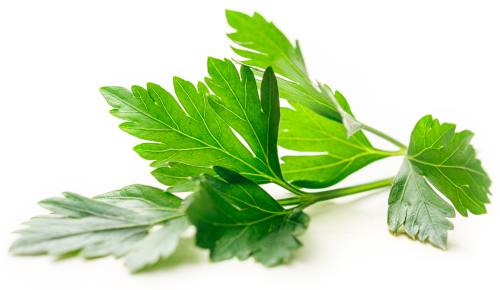
Parsley is a ubiquitous herb with a dark green leaf color and deeply cut lobes.
A sprig of parsley can be anything from a single leaf to the terminal end of a single plant.
Parsley is easier to snip with herb scissors, such as the Jenaluca Herb Scissors on Amazon, a wonderful tool that makes chopping herbs including parsley, cilantro and fresh lemon grass.
Parsley can arrive at your grocery store rather gritty.
Expert Jerry Traunfeld with Fine Cooking recommends dunking your bunch of fresh herbs into a basin of cold water repeatedly to remove the sand and dirt and let it settle out. Then shake the herbs gently, and pat them dry with a paper towel.
Tarragon
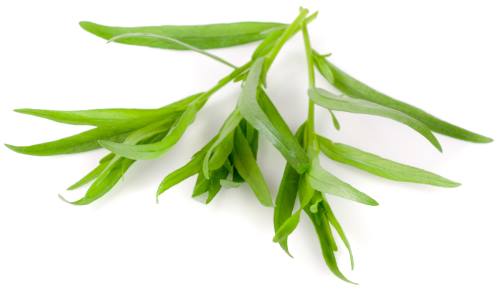
Tarragon is a beautiful herb that grows in long, thin leaves. This herb has a fairly strong flavor and works very well paired with other flavorful foods such as salmon, onion or asparagus.
SEE ALSO: Best Salmon To Eat
A sprig of tarragon is also the top 3 inches of the terminal leaf. If you have a bunch of tarragon, be aware that the flavor of the leaves will be consistent all down the stem.
Leaving leaves on the stem can lead to wilting and spoilage, so if you mean to dry or freeze your herbs, be certain to strip them from the stem as depicted in the thyme description above.
Basil
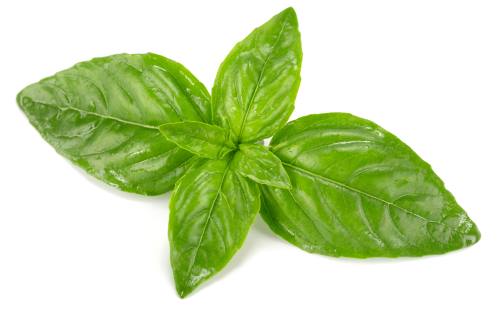
A sprig of basil is the top three to four leaves of the plant. Be aware that as the basil plant grows bigger, the larger, older leaves will lose their flavor oomph. For best flavor and amazing aroma, snip from higher up the plant.
Fresh basil leaves are very tender on the palate and an ideal addition to salads, sandwiches and anything containing summer ripe tomatoes.
Basil is a very pretty plant and would not look out of place in a flower garden. The leaves are glossy and evenly veined and the stem is fleshy. Basil can be snipped directly from the plant or just clipped from the stem.
Thoughts on Growing Herbs
Fresh herbs can be grown in a sunny window or garden spot. As many herbs are served uncooked, it’s important to grow them in a spot where they’ll be protected from:
- Pesticides or other chemicals, which may be transferred to the plate in the lobes of a leaf.
- Bird droppings. For example, if you have a bird feeder or bird bath, grow your herbs indoors.
- Leavings from any outdoor creatures include stray cats or visiting dogs.
When cooking with fresh herbs or adding them to cold dishes, take note of their texture and warn your guests of any surprises.
While mint may be a staple in your iced tea, it can be an unpleasant surprise to a diner who has never tasted it or bitten into a mint leaf.
Rosemary can also be rather stiff and have a sharp end; while this herb is a great addition to broths, the woody texture may be a jolt. If possible, filter it out of your final dish before serving.
Related | Chicken Stock vs Chicken Broth
Final Thoughts
With a little care and preparation, the flavor of fresh herbs can turn an ordinary dish into an extraordinary treat for the senses.
Many fresh herbs are quite beautiful on the plate and appeal whether raw or cooked.
Use them up quickly after purchase, rinse them carefully and strip away the woody stems for a quality presentation for your diners.
What are your favorite herbs? Let us know in the comments with your questions, tips and recipe ideas.

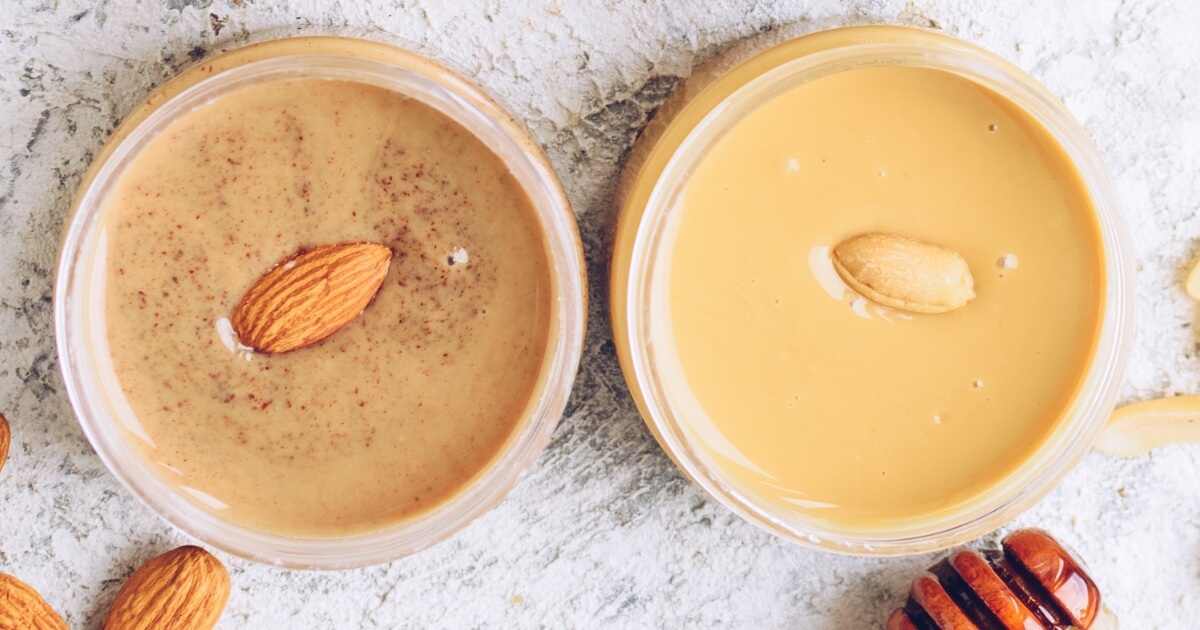

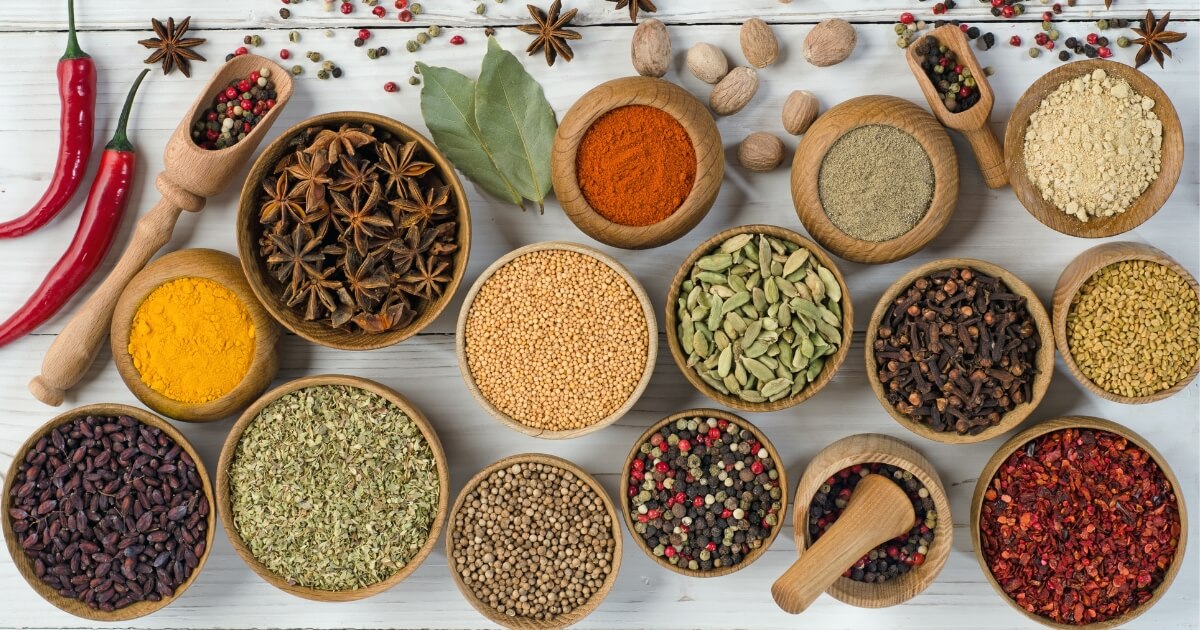
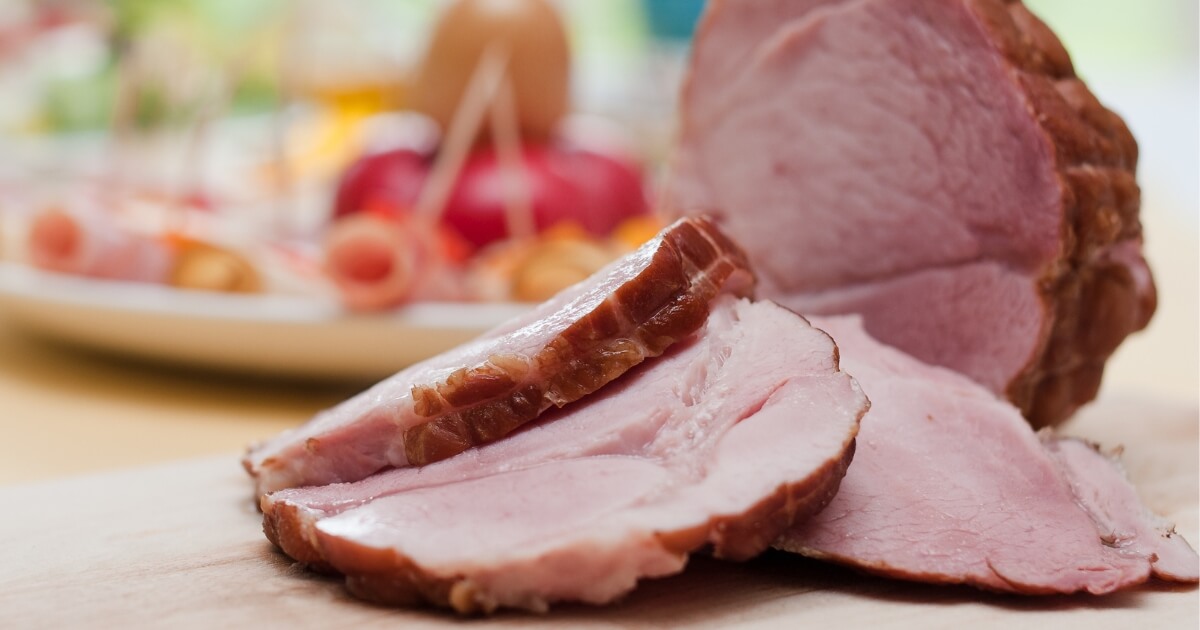
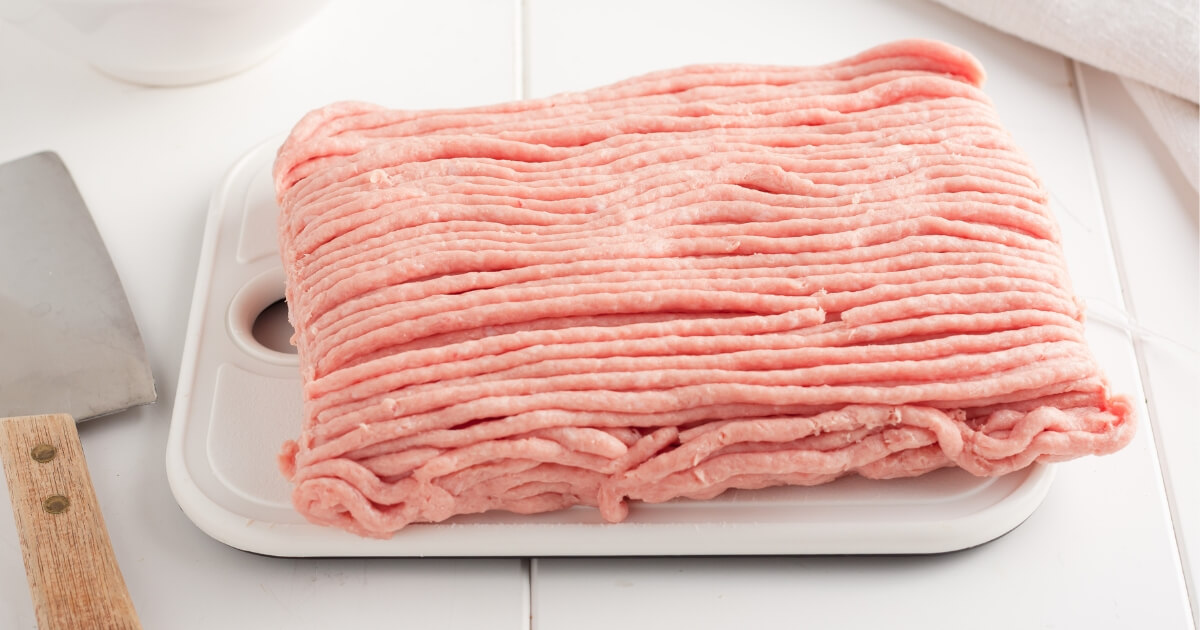






What constitutes a sprig of epazote?